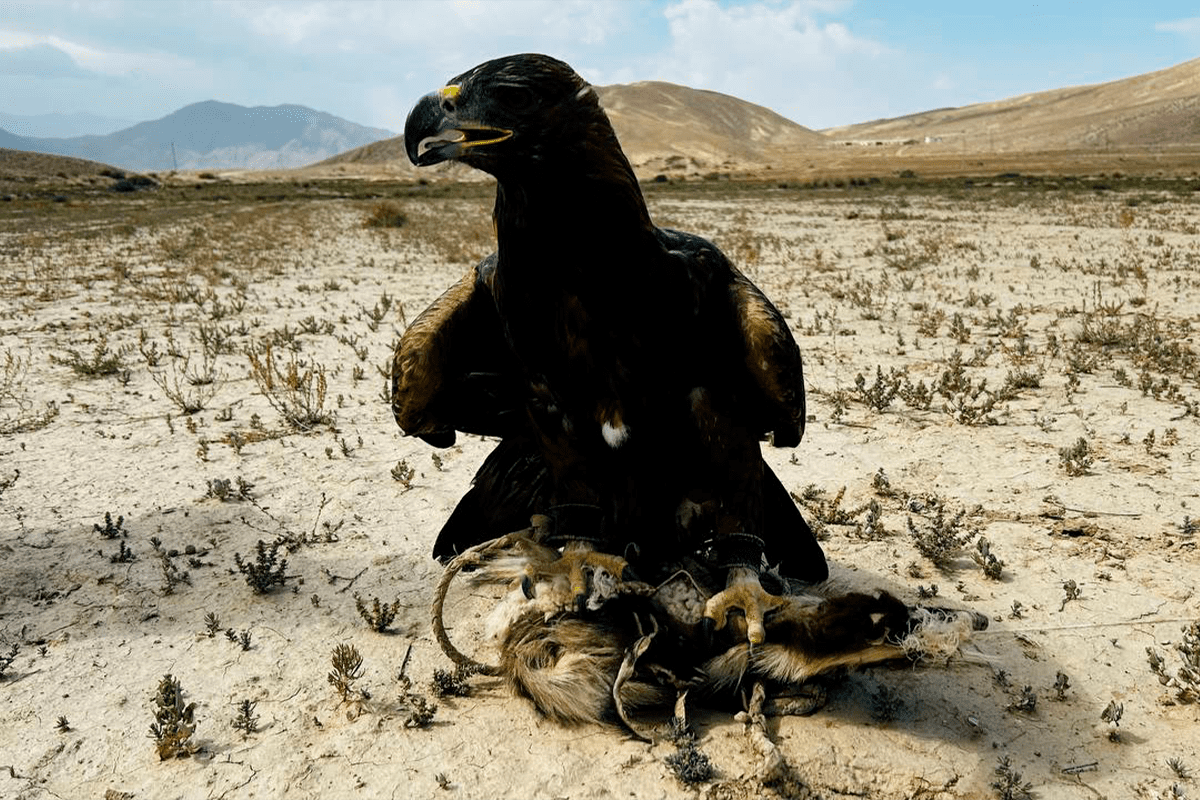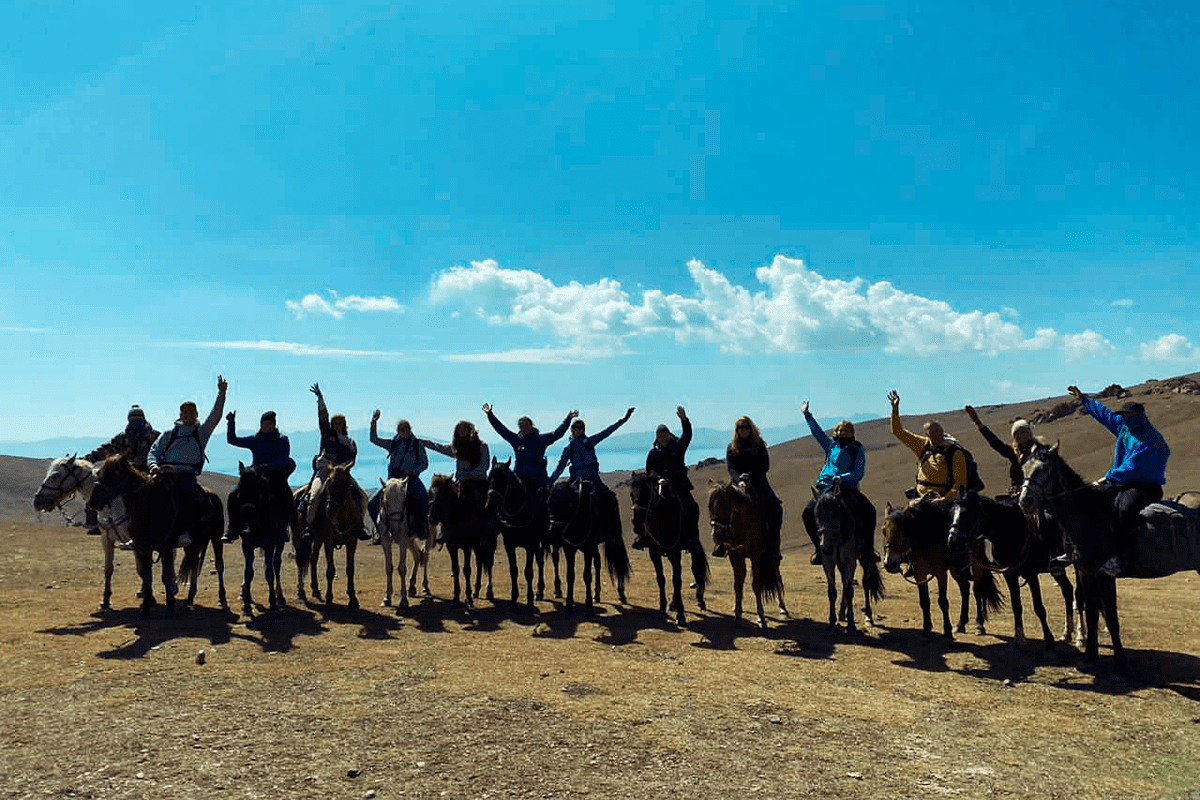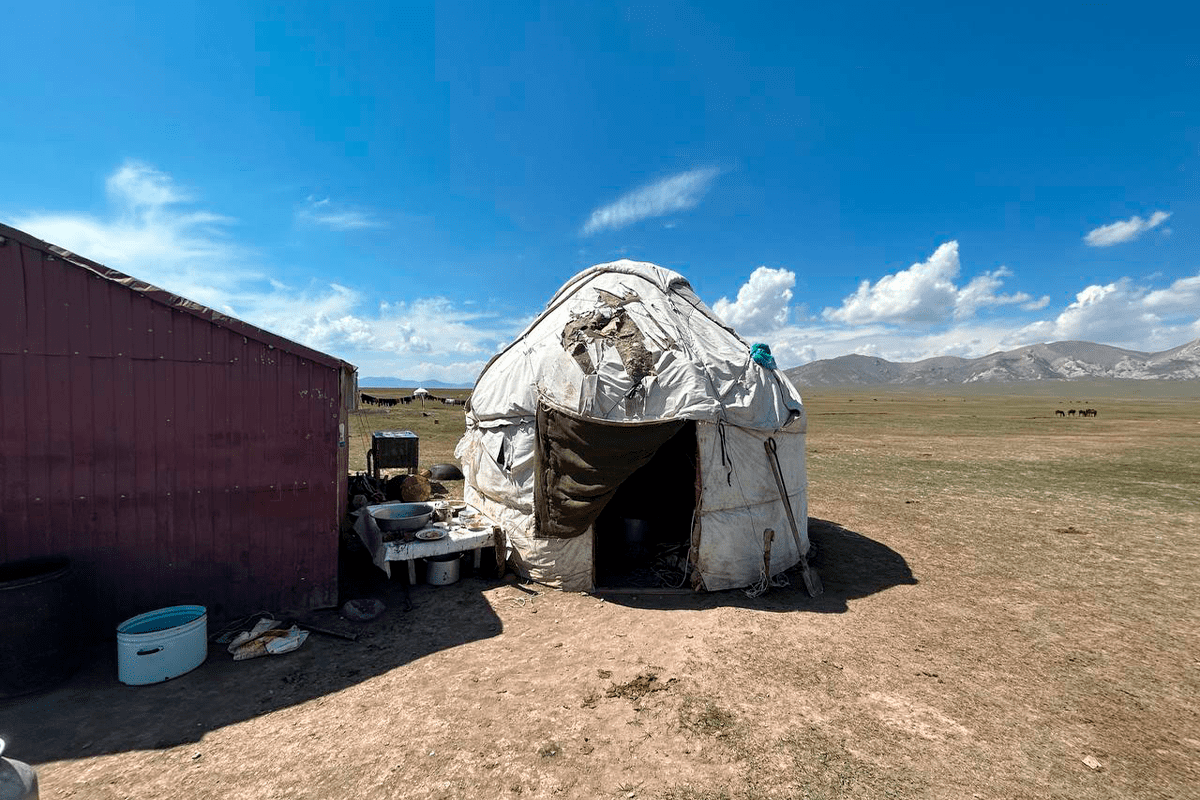Hunting with golden eagles. Berkutchi. Literally recently, the image of a rider with a bird of prey on his arm has become one of the most popular brands of tourists in Kyrgyzstan, and there is nothing surprising here. In recent years, golden eagles have been hunted in this amazing country. Since ancient times, people have used various types of birds of prey for hunting, including hunting with gyrfalcons, hawks, falcons and golden eagles.
Unfortunately, in “developed” and highly developed Europe, birds of prey are endangered and are literally listed in the Red Book. That is why festivals in Kyrgyzstan attract so many foreign enthusiasts who come to see this almost forgotten and truly unique spectacle.
The tradition of hunting with birds of prey goes back to ancient times, as evidenced by the Bronze Age rock carvings (petroglyphs) found on the territory of neighboring Mongolia.
Since ancient times, people have used various types of birds of prey for hunting. These include the gyrfalcon, the hawk and the falcon. The golden eagle is one of the largest birds of prey in Central Asia, it easily catches foxes, young deer, wolves and even attacks argali.
Kyrgyz people have been using golden eagles for hunting for about 10 centuries. At the dawn of human civilization, when no one knew what firearms were, there was no more reliable assistant for a hunter than a properly trained bird of prey. In the past, the tamed golden eagle protected the pack from wolves, extracted skins for clothing and meat for food, helped to survive as a resident of the village. It is believed that by giving his son the chicks of this mighty bird, the father hoped that they would grow strong and brave enough to compete with his own pet. At the same time, there was a purely educational meaning behind such a bold step. The upbringing, training and preparation of a bird of prey for hunting required an incredible amount of patience, perseverance, kindness and open-mindedness.
As the horseman grew, so did his charges. The secrets of bird training were passed down from father to son, carefully guarded from prying eyes and ears. Today we have the opportunity to see and hear them.
According to the famous Golden Eagle trainers, the first step in choosing a future pet is careful observation of parent birds in the wild.
In the Ala-Too mountains, the golden eagle is energetic and free, has 12 subspecies, a fairly stable population and there is no reason to consider it endangered.
Eagles have innate hunting instincts. That is why the so-called “top dressing” takes place. Feeding is done so that the bird realizes its strength in the fight against the beast. First, the chicks are trained by putting them on a stuffed fox stuffed with straw and tying pieces of meat to their backs.
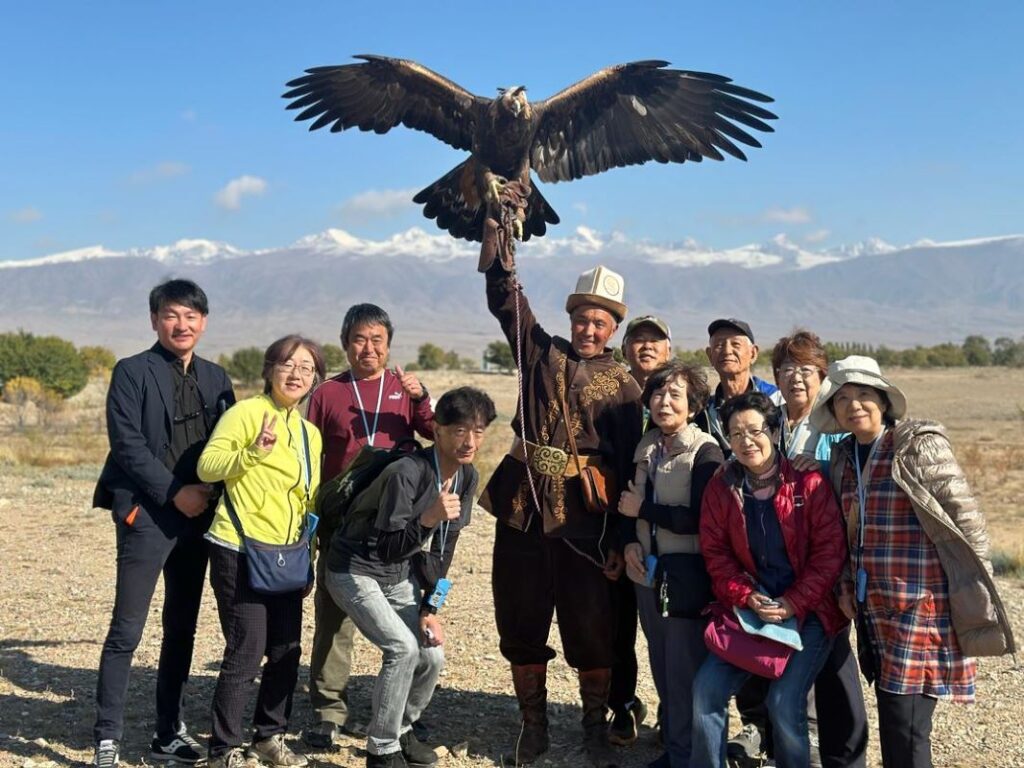
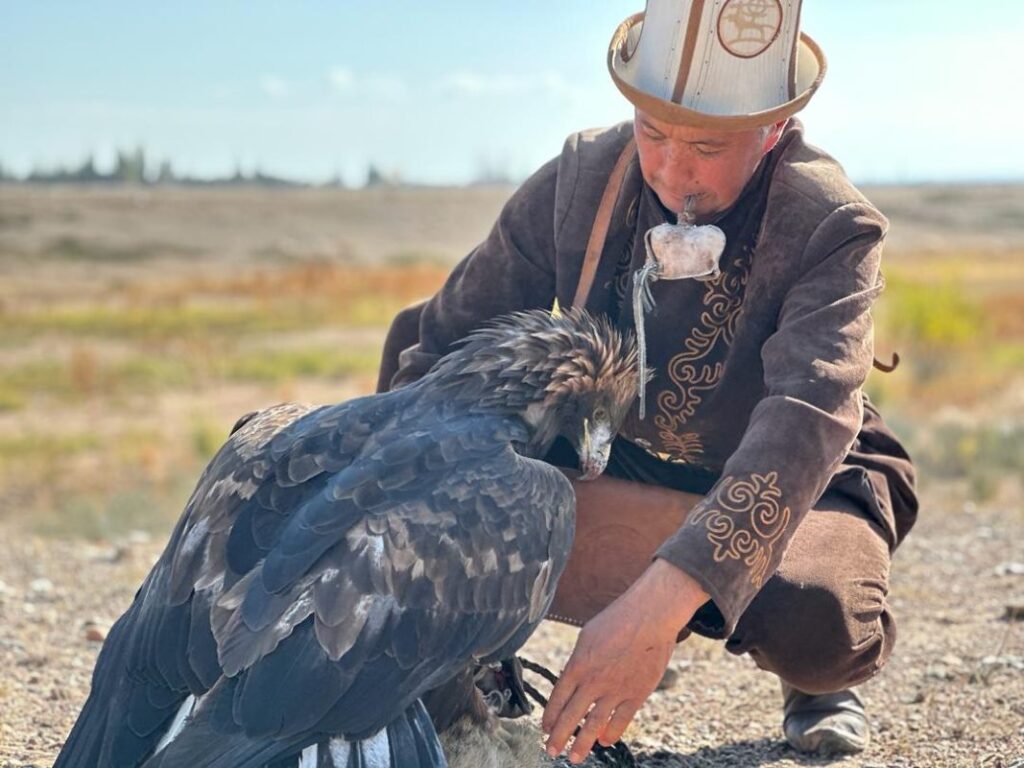
Eagles have innate hunting instincts. That is why the so-called “top dressing” takes place. Feeding is done so that the bird realizes its strength in the fight against the beast. First, the chicks are trained by putting them on a stuffed fox stuffed with straw and tying pieces of meat to their backs.
Golden eagles have been used for hunting in Kyrgyzstan for about 10 centuries. Riders with a predator on their arm take Hungry golden eagles outside in a special hat called “kurobuk” and take off the hat to see the “victim”. The bird pounces on the portrait, but it is not allowed to tear the prey apart, but is encouraged with raw meat.
Then a long training session begins, during which the golden eagle gets used to the saddle. To do this, the bird is taken out to pasture for a long time, so that it gets used to the light swaying and pounding of hooves. The most crucial moment of training is the return to the hunter’s hand.
The final moment of training is training on live prey. A fox is caught in the forest and its paws are slightly tied so that it cannot immediately escape and give the golden eagle the opportunity to catch it. If everything goes well, the golden eagle will hunt alone for the first time.
I must say that by the end of the training, the golden eagle is completely ready to fight with a predator and is so attached to a person that he does not even think about running away. The first hunt is carried out in winter on horseback, usually in the morning or evening. A hungry golden eagle sits on the golden eagle’s hand in a thick glove, which is placed on a special platform attached to the front pommel of the saddle. A leather hood with a bell on the head gives the bird a feeling of night, so that it does not get distracted on the way, and a strong generator cord does not allow it to fly away ahead of time. Noticing the prey, the “bell” loosens the cord, drops the hat from the golden eagle’s head and pushes the bird up with an alarm cry. The soaring golden eagle immediately begins to chase the prey, peck it several times, bite into it with its claws, beat its wings, try to peck out its eyes and immediately bite its throat. When a hunter comes, he persuades the golden eagle to give up the prey and rewards him with a piece of meat. A hat is put on the eagle, and the hunt continues.
Only at the end of the hunt is the golden eagle allowed to kill the animal itself. The golden eagle begins to greedily gnaw the entrails, bones and skin of the caught prey.
For a bird, this is perhaps the happiest moment of hunting. Golden eagles need not only muscles, but also blood, offal and even animal skins.
Usually golden eagles live up to 50 years in captivity, but hunters do not keep them for more than 10 years: at 10 years old, the bird is already fully grown and should have a family. A tamed bird is not afraid of a man and can fly very close to him, but in the Tien Shan mountains, no one would think of harming an eagle. And all because this bird is a living and winged symbol of Kyrgyzstan.


